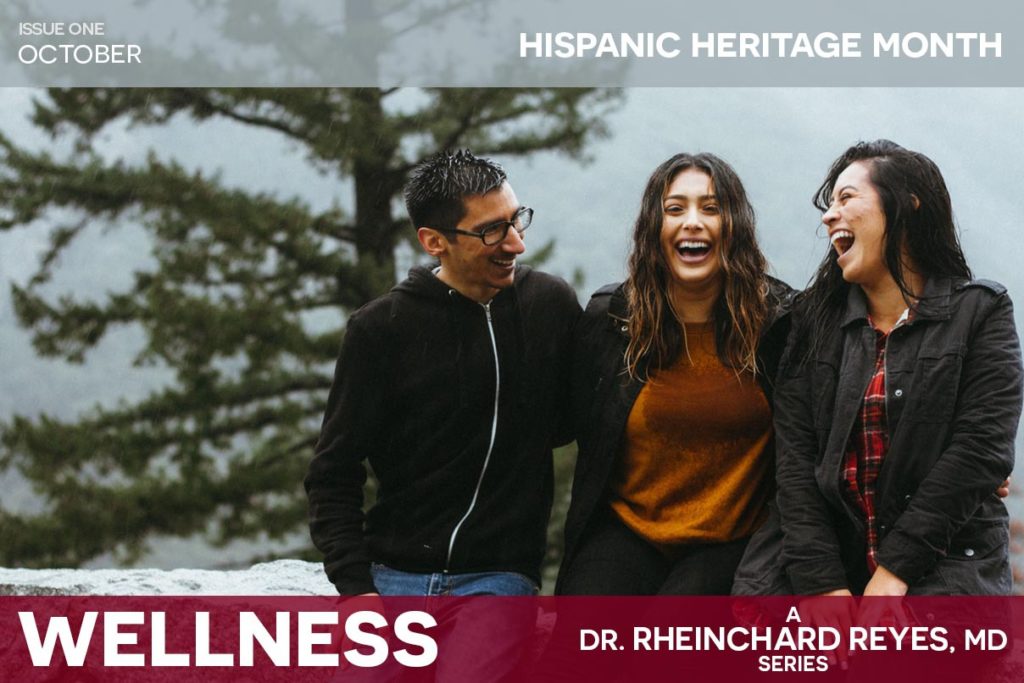Hispanic Heritage Month Established
It was back in 1968 that President Lyndon B. Johnson first enacted into law the Spanish Heritage Week. Twenty years later, in 1988, the US Congress decided that it would be observed for an entire month, aptly renaming it National Hispanic Heritage Month, from September 15 to October 15. It marks the celebration of the histories, cultures, achievement, and contributions of neighboring Spanish-speaking Latin American countries, as well as Spain, to the United States.
Population-wise, it is also important to remember that there are currently 57 million Hispanics or Latinos* living in the US—that’s almost 1 in 6 people. This proportion is expected to increase to nearly 1 in 4, or over 85 million, by 2035.
Hispanic Health Stats
- The two leading causes of death for Hispanics in the US are cancer and heart disease: four out of ten die from cancer (nº 1) and heart disease (nº 2). This is similar to the non-Hispanic white population of the US, except reversed, since in the latter case heart disease always comes first.
- If we take ALL causes of death in the US combined and compare with non-Hispanic whites, the impact on Latinos is 24 percent lower. Moreover, death rates for nine of the 15 leading causes are lower for Hispanics.
- Hispanics experience higher death rates —to the tune of 66% and 50% more in the case of a) and b) respectively— than non-Hispanic whites among the following diseases:
- Diabetes
- Chronic liver disease
- Cirrhosis
- Essential hypertensive renal disease
- Homicides
- The two groups of Latinos in the US with a higher self-reported smoking rate have roots in Cuba and Puerto Rico.
- Hispanics are three times more likely to be uninsured than non-Hispanic whites.
- Hispanic children and teens (2-19) and adults have a higher prevalence of obesity than their white, non-Latino peers.
- Hispanics born in the US are more obese and suffer more from hypertension, smoking, heart disease, and cancer than Hispanics born abroad.
Hispanic Health Initiatives
Based out of San Antonio, Salud America! is a national Latino-focused organization whose self-proclaimed mission reads:
“Inspire people to drive community change for the health of Latino and all kids.”
Their website is a fantastic resource packed with relevant research, stories, videos, and tools to drive Latino health equity across the nation. Specifically, their recently launched Salud Talks podcast has new episodes every Wednesday morning covering a range of issues. They also organize #SaludTues tweet chats and hour-long discussions on Twitter regarding the bridging of the health disparity gap.
Another such initiative with worthy material and resources is Health Initiative of the Americas (HIA) or Iniciativa de Salud de las Américas (ISA) in Spanish. The American Heart Association is also busy developing Latino health materials.
* For the purposes of this article, the terms Hispanic and Latino are interchangeable.
Sources:
https://salud-america.org/how-hispanic-heritage-month-became-a-thing/
https://www.beckershospitalreview.com/population-health/it-s-hispanic-heritage-month-5-things-to-know-about-hispanic-health.html
https://www.cdc.gov/features/hispanicheritagemonth/


